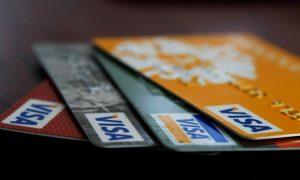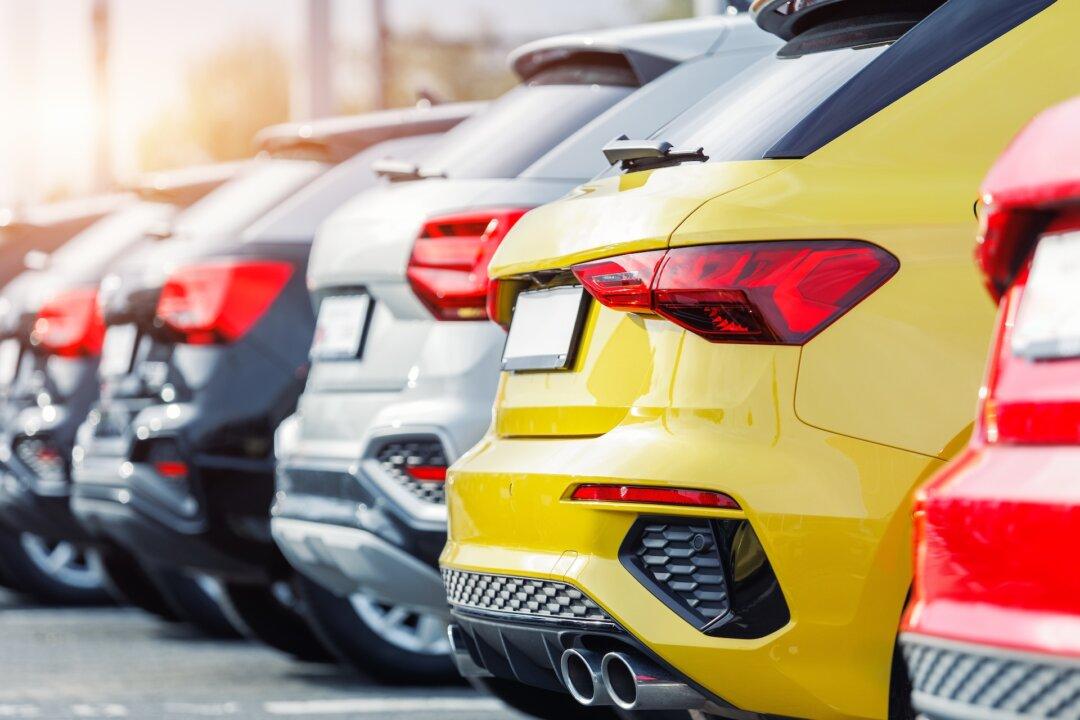I’ve heard of blaming one’s weight on a lot of things, but credit and debit cards? That was a new one for me and a theory reported at TheStreet.com that, when considered carefully, does seem to carry a lot of weight.
Now that restaurants, coffee shops, restaurants, Door Dash and every fast food and restaurant app on Earth accepts credit and debit cards for payment, what started out to be convenient has become ultra-convenient and, for some, super-safe—safer than carrying cash, an argument I find almost hilarious.
Carrying one’s debit card is tantamount to having the entire contents of a checking account and its companion overdraft savings account right there and available to spend on a whim. But I digress. Let’s get back to the subject at hand.
The authors conclude swiping plastic for payment encourages us to eat junk food. The link between debt and overweight is impulse. People are more likely to grab unhealthy foods on impulse and then more likely to go ahead and make the purchase if they’re using plastic instead of cash.
According to the study, there are two main reasons for this. First, research suggests using debit or credit cards feels less uncomfortable than using cash. When we physically hand over cash, it feels more tangible and real compared to simply swiping a card. As a result, using a plastic payment method increases the likelihood of impulsive purchases, including junk food.
I believe there is yet another message here, that cash is slow, old-fashioned and not very cool. But swiping plastic is simple, fast and far superior.
Clearly, we Americans have bought into this theory in a big way. RBC Capital Markets reports that you will spend 20 percent-30 percent more if you pay with plastic. It’s human nature. Plastic is a stand-in for money. It’s not the real thing, so we don’t treat it with the seriousness we treat currency. A $9.50 payment with plastic is nothing compared to handing over a $10 bill, which makes us at least pause and think. In fact, most people don’t even pay attention to the total amount when swiping plastic. And that’s where the consumer credit industry has duped an entire generation.
It’s a pain to dig in the pocket for 10 bucks to pay for a quick lunch. But swiping a card? Easy. In fact, you don’t even have to pay that close attention to the tab. Who cares if it’s $5 or $15 when you can just swipe and go?
And according to the article, when paying with plastic, we’re more apt just to go ahead and supersize this combo—oh, and how about throwing in an apple turnover, too? After all, you don’t have to worry about the total, as it magically disappears into the whole process of paying with plastic.
You know, I think this theory does have merit. And I'll bet it translates to grocery shopping and eating in fancy restaurants, too. That’s where the weight thing really kicks in.
Some years ago, I was the guest of one of my readers who, at the time, just happened to own one of the highest-rated restaurants in America—Tavern on the Green in New York City. Yes, lucky me.
I’m certain I ate more than I should have because I had this sense that I could order with abandon. I was a guest. I accepted such a generous gift with great enthusiasm!
Had I been the one paying the tab with cash, I can promise you I would have been more discriminating with what I ordered. But I had the same sense of freedom I might have had if paying with plastic and pushing the pain of payment off into the future. I could enjoy the finest fare.
I highly recommend that my readers struggling to live below their means go on an all-cash diet. And now I can confidently promise them a fringe benefit—not only will you lose debt, chances are great you'll lose weight, too!







